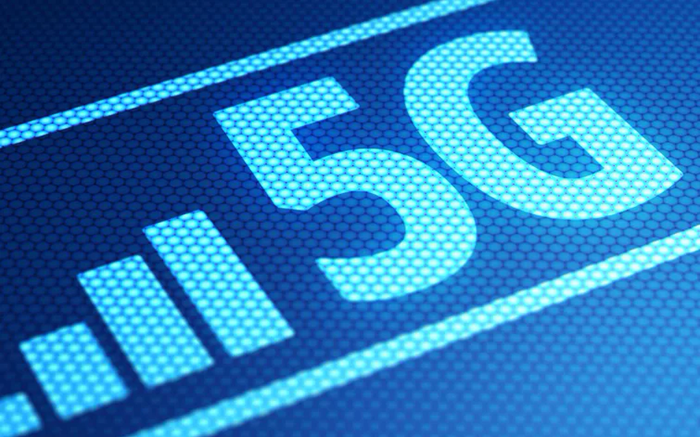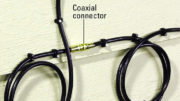For the average person, 5G means super-fast speeds and super-low latency. It means access to the information you want, when you want it. And that’s what we’re all hoping for, right?
The reality of 5G, at least so far, hasn’t really been the same as the promise. Don’t get me wrong. 5G is awesome. In most cases you get data speeds 20-40% faster than 4G LTE and everything just seems more instantaneous. Those things by themselves are really fabulous. It’s just that when we originally talked about 5G, we were thinking it would bring us speeds 200 times faster than LTE. Not that you could really do anything meaningful with that, but it sounded great. I mean yes you could download an HD movie in like 4 seconds. But you don’t do that every day, at least I hope you don’t.
Millimeter wave
The really high speeds we were promised from 5G were based on using millimeter wave technology. In a nutshell, it means using signals up in the 28GHz range instead of the 1GHz range we’re using for cell signals now. Using those higher frequencies means there’s plenty of room to push a massive amount of data.
The very first 5G installs did use millimeter wave frequencies. Today your phone will refer to this as 5G+ or something similar. The problem is that millimeter wave tech is very expensive to put into suburban and rural areas. It’s great for cities where you have a lot of people there and you need a lot of towers anyway. But unlike 4G LTE signals which travel 1-2 miles from the towers, you’re lucky to get more than a few hundred feet from millimeter wave 5G. Imagine if you needed a cell tower every 200 feet in your suburban neighborhood. That’s a lot of hardware.
Nationwide 5G
When carriers began to roll out their “nationwide 5G” systems, they used the frequencies they already had. Most carriers used frequencies that were once used for 2G and 3G systems. 2G is already obsolete and 3G towers are being shut off all the time to make room for 5G. This meant that 5G could be fast, but without as much room in the radio spectrum, it couldn’t be eye-meltingly fast. As I said, 5G is still amazing and it’s still probably as fast or faster than the real speeds you get from your home internet. But of course, people always want faster and more and more faster.
Enter mid-band 5G
The next generation of 5G is what we tend to call mid-band 5G. Using frequencies higher than the ones used now but still lower than millimeter wave, you can get a lot more speed without the congestion. All the major carriers are starting to plan for mid-band 5G coverage and the phone you buy next year will probably support it.
Most mid-band allocations today are in the 3GHz range. With mid-band 5G I would expect speeds of 150Mbps or faster from your phone, when it’s in range of a 3GHz tower. And that’s sort of the thing.
Mid-band signals travel about half as far as regular “nationwide 5G” signals. Yet, most carriers aren’t planning to double the number of towers they use. They’ll put those mid-band broadcast devices on regular cell towers and you’ll get the faster speed when you’re close to them. That’s great and all but if you’re 2 miles from that tower you won’t get the fastest speeds.
The solution?
Cell phone signal booster makers are working feverishly to develop solutions that will boost mid-band 5G signals. It’s a lot easier to do than it would be to develop a millimeter-wave cell booster, and I would expect the first generation of these devices by mid-2022. Mid-band cell phone signal boosters will help people get the best of their 5G signals and should mean more people can access super-fast 5G when it becomes available.
However, that doesn’t mean you should wait to buy a cell phone signal booster. Keep in mind that we are still a while away from nationwide implementation of mid-band 5G. If you are looking to fix weak signal, low data speeds, or dropped calls now, check out the great selection of cell phone signal boosters available now at Solid Signal! If you need help choosing one, call us at 888-233-7563!





